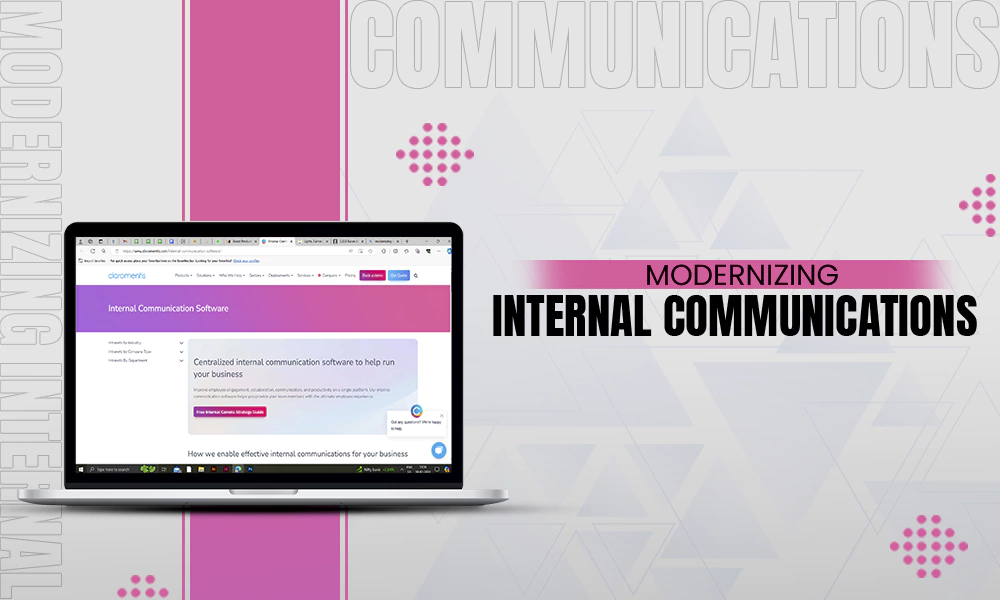Can You Apply Maslow’s Hierarchy Of Needs To The Office?

In 1943, American psychologist Abraham Maslow published his paper ‘A Theory Of Human Motivation.’ It was here the psychologist detailed his best-known theory: Maslow’s hierarchy of needs. Over its nearly 80-year lifetime, Maslow’s theory has influenced different fields of psychology. Understandably, the idea provides unmatched insight into human motivation. But can it be applied to other areas of the world? For instance, can we apply Maslow’s hierarchy of needs to the office? All signs point to yes.
Understanding Maslow’s Theory
Maslow’s hierarchy of needs is displayed in a pyramid, separating human needs into five sections. Physiological needs, such as food and water, which Maslow deemed basic needs required for survival, are at the bottom of the pyramid, while complex needs are at the top. In the middle of the pyramid, you have safety, which includes our health and employment status. You also have esteem, which centers on things like achievement and status.
Maslow’s Hierarchy of Needs in an Office Setting
All businesses want to improve employee motivation and happiness. In fact, according to studies, happy employees experience higher productivity (31%). As such, it seems reasonable to think businesses can apply Maslow’s theory in an office setting. Of course, wanting these things and putting plans into place are two different things. As such, we’ve compiled a few tips that will allow employees to meet the needs outlined by Abraham Maslow in the office.
Use Game Mechanisms
As we’ve previously covered, it’s important to have a motivated workforce because a company’s success largely falls on the performance and productivity of its employees. Over the years, gamification has risen in popularity as a way to motivate individuals. It’s all about applying game mechanics (badges, leaderboards, etc.) to something to increase user happiness and engagement. As we have covered, technology can be useful in this way.
It’s worth mentioning that many sectors have already jumped on the gamification trend, including the gambling industry. For instance, MGM online casino offers incentives for existing players, including leaderboard races. But gamification can also be used in the office. For example, using a points system in training content. Game mechanics are great motivation tools, and they can help employees meet ‘esteem,’ the fourth level of Maslow’s hierarchy of needs.
Provide Learning Opportunities
The third level of Maslow’s hierarchy of needs focuses on our need for belonging. It’s hard to feel motivated if you don’t feel like you belong, and so, in an office environment, employers should try to provide social learning opportunities. For instance, set up opportunities for employees to collaborate, such as weekly team meetings.
Add Meaning to Everything
The final level in Maslow’s pyramid focuses on self-growth. Self-growth is tied to purpose, which is why a business should apply meaning to almost everything it does. Meaning provides a purpose, which will fuel an individual’s enthusiasm for a cause. In the office, a company’s vision and values should power this meaning.
Maslow’s hierarchy of needs has influenced several different fields, and though it’s aging, it can still be applied in a business setting. It’s a powerful tool that improves our understanding of personal development, motivation, and goal setting.










